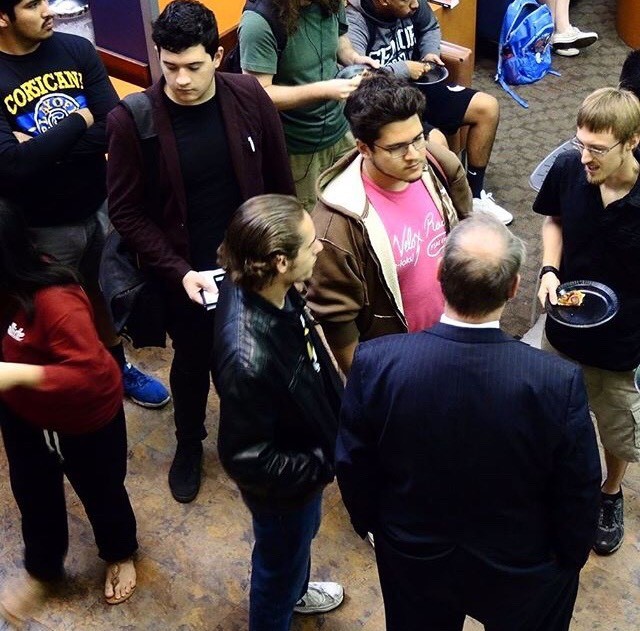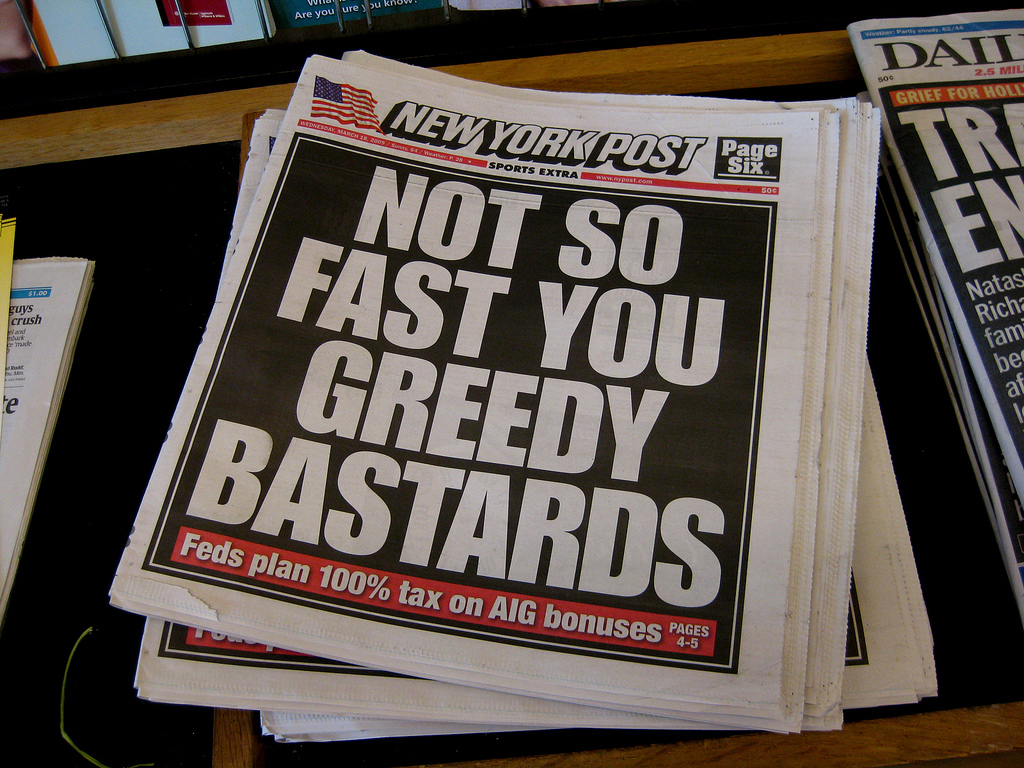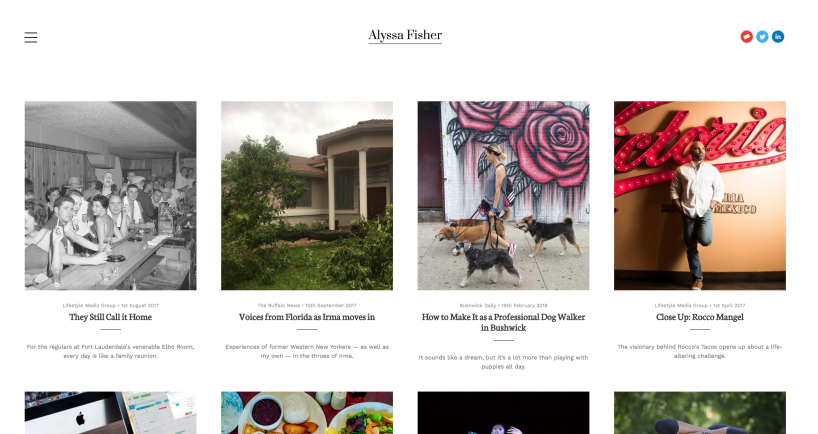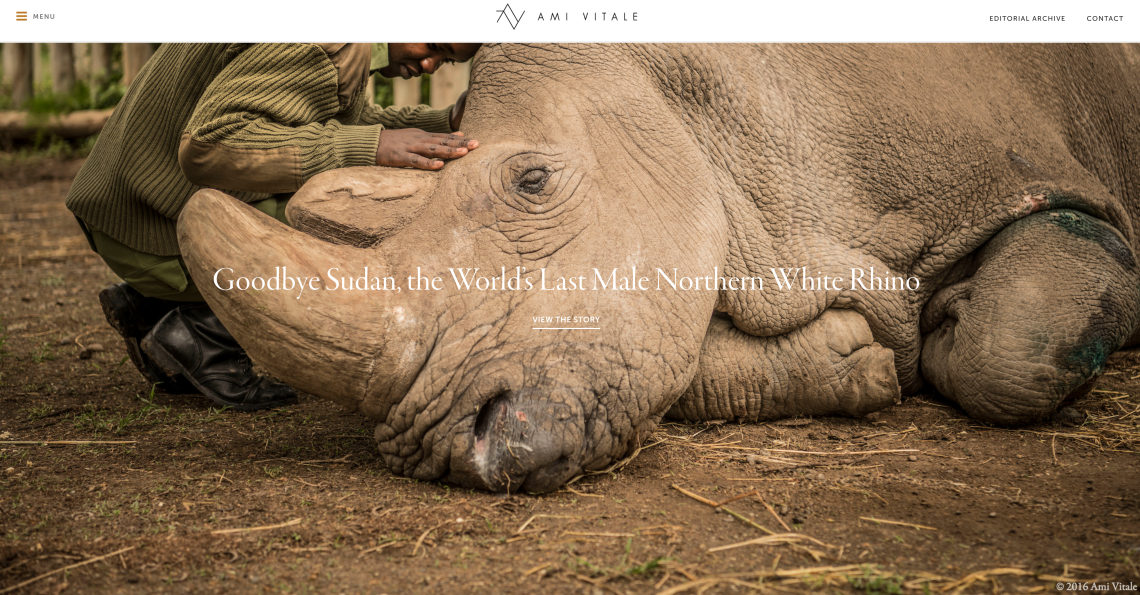If I dared to unearth the twenty or so clippings that my mother has kept from my first year freelancing for my hometown’s newspaper, and they were laid out before you, you could see the the indistinguishable beginnings of a journalist’s career. Indistinguishable, because so many of us started this way: hundred-word stories on the opening of a new building; an annual event in the park with no other purpose than to get people together; photos of Friday’s home football game; and the whitespace-filling weekly weather report. So much written, but very little said about the writer. If these stories were all I had in a professional portfolio, I’d get nowhere.
Since then, my purpose for journalism has changed. I no longer write solely on my disbelief that anybody would pay me a week’s worth of lunch money for a photo and five sentences. Now, I understand how important journalism to a society: they spread knowledge that is accessible to the public and without an objective press to hold anyone accountable, oppressors reign. This underlies all of my work. With that in mind, the narrative my work elicits should give someone viewing my portfolio an idea of my interests.

If I were to show you the clippings of all my stories from the past year, you’d see that my interests are in the systems and administrations within the university. I’d like to clarify now that this doesn’t mean I don’t trust UTSA’s leaders and that a bias is the reason why I’m so interested in writing articles about them. This is just standard practice for my industry. My interest lies in exposing flaws in university operations and holding people accountable for those flaws. I want to continue this kind of journalism, so, naturally, I’d amass my articles that investigated these flaws. But I’m no one-trick pony. Though I’m an objective journalist, I’m also a declarative essayist.

Truthfully, I have more interests than I’m willing to admit. And of those interests there are several I’d like to cover as a journalist. I’ve written about immigrant rights, climate change, writers, race relations, even dating apps. These, of course, are all opinions. But my method of researching information for these essays is the same for my news articles. In the context of someone reading these texts from my portfolio, I want the reader to understand my mind and personality. Most likely I won’t meet an employer until my application and portfolio have been viewed beforehand. Obviously, these documents can’t convey everything about me. In-person interviews fill those gaps. But my work conveys who I am in some way, with good design of an online portfolio to convey accessibility.

The above portfolio tells right away that Alyssa Fischer has breadth in her reporting, investigations, and profiles. She also includes great photos and composites, which, as any journalist or professional writer knows, without them, your story can become useless to the page layout. Fischer includes a brief summary of herself and her resume, the only signs of her influence within any of the content. This is actually a good thing, despite what I mentioned about how your portfolio conveys your story. Journalists, even those who write arts and lifestyle pieces, which give more editorial freedom, are never the center of a story. So, Fischer’s content-centric portfolio is actually an advantage.

If, like me, your first reaction to Amy Vitale’s portfolio page was “oh shit, she’s the one who took that photo I’ve seen everywhere,” then it’s safe to say that this is a stellar portfolio. Like Fischer, Vitale offers a small bio that discusses her experience and professional interests, but the work speaks for itself. Most of her work concerns environmental issues, so a reader can assume that Vitale’s empathy extends beyond humans, but for the world itself. That characteristic, along with objective reporting, are the core of good journalism.
I’ll attempt to convey my on-going story in the portfolio I’m making. It likely won’t stand out like the two above, but something will be said.
